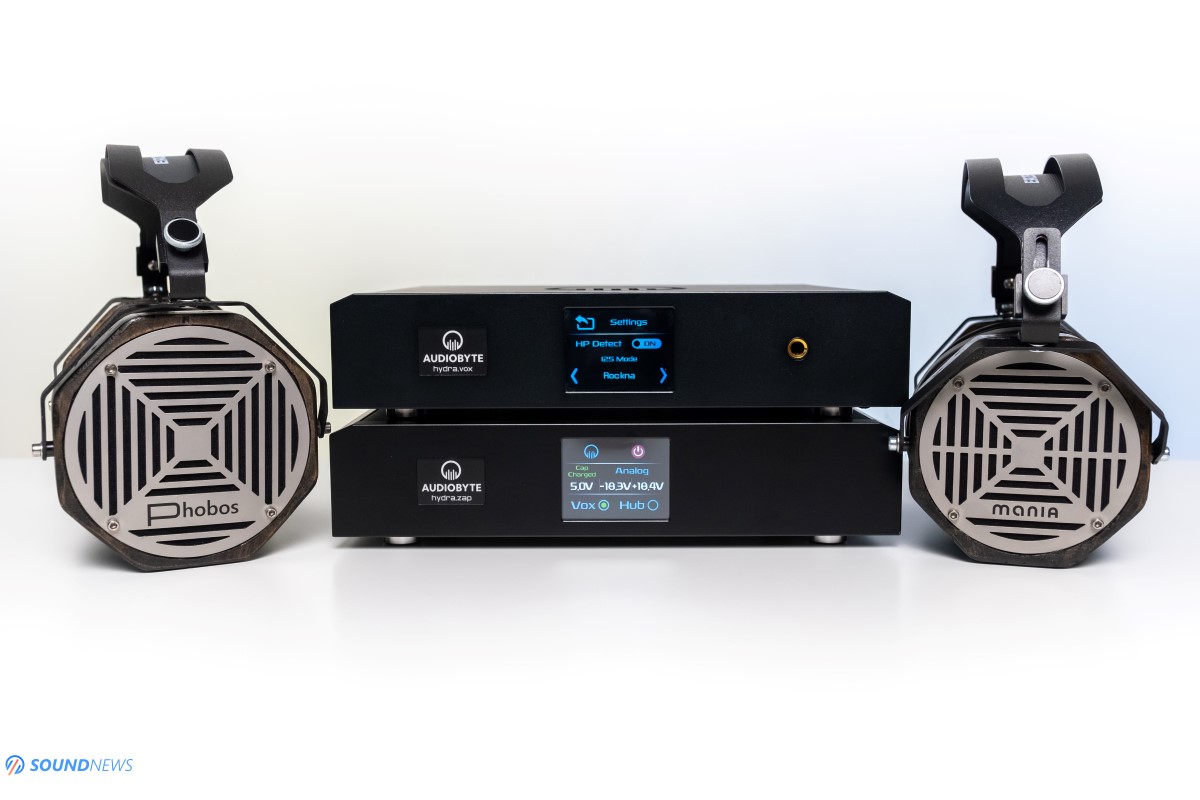Erzetich Mania Review – Unique Looking Handmade Dynamic Headphones

My Video Review:
Erzetich Audio might be new to some, by it is not new to me. I have already reviewed a dozen of products of this boutique audio manufacturer from Slovenia. From their small but mean sounding headphone amplifier by the name of Bacillus, to their beautiful portable dynamic headphones by the name of Thalia and then to their statement desktop planar-headphones that will dwarf every single headphone in existence by the name of Phobos, the only headphone in their line-up that remained to be heard and put under a magnifying glass was their sole desktop dynamic headphone called Mania. A very interesting name I must add and considering that the man behind the company is calling them darkish, yet detailed – I think their name fits them perfectly.
Erzetich Audio is not your typical headphone manufacturer, as every single headphone leaving their assembly line is hand crafted, starting with their wood cups, internal wiring, driver assembly, to the cable and its metal frame, everything is crafted by hands only from environment friendly materials and they are very proud about this.
Their colossal looking Phobos is the personification of fear in Greek mythology, a very fitting name if you ask me, its sister desktop headphone needed a strong embodiment too, so they came up with Mania that symbolizes the Goddess of the Dead in Greek mythology. I am pretty sure that their tonality will be as dark as their name is. I will be conducting a comprehensive review, including detailed measurements and comparisons, so everything will be revealed very soon.

Unboxing
Mania came double boxed as a good protection measure. The product box is almost the same that is coming with their Phobos, it’s huge, it is easily one of the biggest ones I’ve received thus far. After opening it up, Mania were sitting comfortably surrounded by lots of foam. Around them you will see their 2m long detachable cable, it seems to be well made, it’s thick and quite stiff compared to my other cables. It uses mini-XLR connectors on the headphone end and it is terminated with a 6.35mm (1/4”) headphone jack.
Under the headphone you’ll find a signed certificate of authenticity, an owner’s manual and a cloth pouch that can be used for traveling. The whole box feels more like a display case, I would personally like to have a functional hard carry-case instead, but in case you need one, I recommend the Pelican 1300 case for your precious headphones.
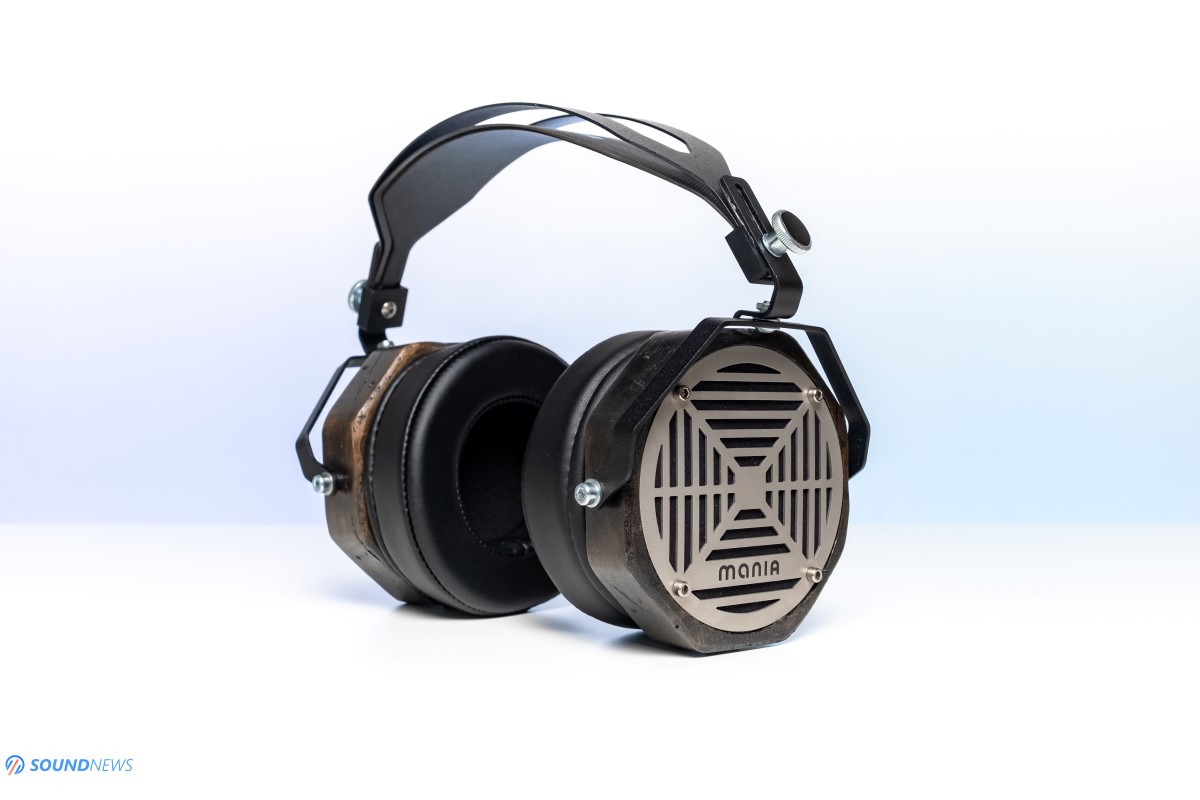
Build Quality & Looks
Mania is not a mass-production headphone and you can feel that from the moment of touching them. Their ear-cups are carved from aged linden wood, every ear-cup is unique in every way as it has small markings and imperfections here and there. Every Mania will have those spots in different places and I think that makes them quite special. You can actually check this page, where you can see how every product is made and if you check Thalia’s page, you can clearly see how their headphones are made by hand, step by step until it’s ready to be listened.
Unlike Thalia, Phobos and Mania cups are made only from dark linden wood, Erzetich are using quite a lot of recycled materials in them, I appreciate their green approach with leather-free ear-pads, mother nature will be surely thankful.
Like the rest of their headphones, Mania has a 100% symmetrical design, so any ear-cups can be your right or your left, you don’t have channel markings on the headphone, only on the cable, red tape on one side denotes your right channel. Mania actually looks as a smaller version of Phobos, they do look identical with the exception that one is smaller and the other is bigger. The drivers inside Phobos are twice as big and that makes them considerably bigger and manlier looking.
Thankfully the ear-pads are detachable too and are made out of leather free materials (TPU leather). They are wrapping my ears nicely and snugly and if you have a bigger head like mine, you shouldn’t worry about the comfort levels. As it was the case with Phobos, Mania has the right amount of side pressure and the right ear-pad opening to be worn for a couple of hours.
Its entire frame is made out of reinforced steel that is powder coated with a matte black paint and it is reinforced only by nuts and bolts. The height adjustment mechanism is simple and practical and by default it stays in the middle position. Simply unscrew the metal gear with your hand, adjust your desired size and then screw it back. They are also offering replacement parts, anything really, from small bolts and nuts to ear-pads, driver assembly and cables, anything can be replaced and in no-time you’ll be back to listening and toe-tapping.
Mania is not small and lightweight per say, but it is not a heavyweight champion either how Phobos or Audeze LCD-4 are. At about 460 grams or about 1 pound, these felt perfectly balanced on my head, the weight distribution is even and thanks to its fluffy ear-pads, I can wear them for longer periods of time. I had them on for 5 hours yesterday and didn’t feel any discomfort whatsoever. All in all, Erzetich Mania have a rock-solid build-quality and are very comfortable to use even for few hours straight, which is a huge compliment.

Cable Quality
This is pretty much the same stock headphone cable that is coming with their pricier Phobos. Headphone jack housings are made out of metal, both jacks are gold plated and the cable itself is wrapped in a snake-skin mesh that seems to be a lot more durable than nylon jackets found on most high-end headphones. The cable itself is very sturdy and seems durable, however there are some things that I dislike about this cable. It is quite stiff, so it will not bend that easily and secondly, just after the cable splits in two, both channels are becoming microphonic when those thinner cables are rubbing against clothing. I did some tests and only at very low volumes that can be heard, past 50 dB and I cannot hear it anymore. Do note that you can use any other third-party cable with mini-XLR connectors, you can even use your Audeze, Kennerton, ZMF or Meze cables and that is exactly what I did.

Tech Inside them
Well, first of all Mania is a dynamic driver headphone that is titanium coated to improve rigidity and speed of delivery. Driver size is 50 mm and its impedance is at 80 Ohm. I’ve tested few headphone amplifiers with a noisier headphone output, but its relatively high impedance blocked all that noise, so amp pairings will be an easy task with Mania. This is not a fully open headphone like Phobos is, it’s a semi-open design and it will not leak huge quantities of sound. You can easily listen to them in your office or at work, without bothering much people around you.
No sensitivity numbers were given, but since I can drive them decently with a laptop, they will probably work with majority of mobile sources, but of course a nicer quality source like a dedicated DAP or an external dongle will sound considerably better and if you add a dedicated headphone amplifier into the chain, it will further improve their performance. Armed with a MiniDSP EARS system, I could actually compare its sensitivity with my other headphones. I didn’t expect it, but Mania needs 1dB more to achieve the same sound pressure level (SPL) of their much larger Phobos. Mania is actually exactly as sensitive as Quad ERA-1 is and since that one has it at 94 dB per 1mW of power, the same can be said about Mania. It is not a power-hungry headphone, but it isn’t a walk in the park for most amplifiers either.
It shouldn’t come as a surprise, as a smaller driver will need slightly more power to achieve the same SPL, check loudspeaker manufacturers and their sensitivity numbers and everything will make sense.

Sound Performance
I. Preliminary Impressions
Blaz was not kidding when he described these as slightly dark sounding and considering the myth behind their name, I was already prepared for a darker and warmer sound. I’m listening to Phobos time and time again, often times I’m watching some TV shows out of a Surface Pro 7 as it is able to drive them decently. When it comes to music, I use them mostly out of a Benchmark HPA4 or directly from an Audiobyte HydraVox, so again their tonality is well known to me. I was surprised when I put Mania on my head, as they didn’t sound at all like their Phobos or Thalia headphones. Phobos was particularly powerful in the treble, especially the upper treble is among the best I’ve head. My measurement rig can measure up to 24 kHz, we can’t hear in that region but the measurement rig can record that and to this day, Phobos are second headphones which had driver movements even past 24 kHz! Mania on the other hand felt considerably warmer sounding, it is rolling the upper treble and there is another dip in the lower treble that makes them smooth, easy riders that can be listened long term. Human voices are happening somewhere around 200 to 400 Hz, where Mania felt soothing and pleasing, the human pitch was rendered perfectly and since it is extra powerful in the mid-bass and midrange, every old track of mine sounded absolutely delicious! It was hiding a bit of truth from the upper treble and it rounded the frequency response on both ends. It was a perfect companion for bad-mastered music, which as we all know is the majority of music that is being released today. Its sub-bass is missing some slam and authority, it is rolled-off, but stars rising fast and close to 70 Hz it’s already impactful and really powerful.
With Mania, Erzetich didn’t want to create a perfectly balanced headphone that will pass all the measurements with flying colors, they wanted to create a cozier sounding headphones, that is closer to the listener, that will not shove details inside your skull, that will not show all the imperfection of your music, but instead will infuse some milk and honey into your music with its elevated mid-bass and midrange performance. Mania is very much an inverted V-shaped sounding headphone, it will focus your attention of the vocal performance, on musical instrument and less on the frequency extremes. Few details are indeed missing, especially in the sub-bas and upper treble, but sometimes you don’t want to hear everything is there to hear. Case in point, after a drink or two, I want a bit of Django Reinhardt just before bedtime, it’s a fetish of mine. It so happens that some of its work is approaching a century and as you can imagine there aren’t master tapes to be remastered and improved upon. All his recordings are very noisy, with an elevated noise floor, with smeared details, with little to no definition and contour of the notes at all. However, I like his music and I will listen to it, over and over again exactly as it is. If I am putting something like a Hifiman Arya, Susvara or Erzetich Phobos, it will ruin my listening experience as I will be listening to all those imperfections and not to the music itself. With Mania, all those issues are considerably less bothersome, their intensity is significantly lowered, there is less noise, less smearing, more music and more emotions to be felt. With this kind of music and with any older blues, jazz and rock recordings, Mania works as a charm. Sometimes I don’t want to hear the tiniest details in my music and just be carried away with a glass of bourbon and a cigar and I think that Mania can do that, if you feed it a nicer signal and some desktop power.

II. Power Requirements & Amp pairings
I will briefly touch the subject of its sensitivity and how much power is needed to drive them at their maximum. According to my calculations, it has a sensitivity of about 94 dB per 1mW of power and that is pretty much the same with Quad ERA-1 and Hifiman HE400i 2020 Edition that I’ve tested a week ago. I was almost maxed out with a Surface Pro 7 and completely maxed out with a smartphone and I still wanted just a bit more juice for some nicer dynamics. In all fairness you will drive them only half-decent with a portable smart device. A portable dedicated DAP with some nicer electronics and with a headphone amp stage – that is a completely different story, they will sound considerably better out of one. Even portable dongles like FiiO BTR5 and HiliDac Beam 2 worked much better and something like a Shanling M6 or FiiO M11 will drive close to their maximum potential.
As for what amps worked better with them, as everything in life, it’s all in the balance, young padawan. Mania is a warm/dark sounding headphone will roll-off in the sub-bass and treble area, feed them a warmer amplifier and source and all that can sound too syrupy, way too creamy and slow. Their speed can also be affected with a warmer amplifier like Flux Labs FCN-10, Burson Conductor 3X Performance or Audio-GD D38. They worked as magic out of linear and honest sounding sources and amplifiers, any THX-based amplifier and any NFCA amplifier like those of Topping worked incredibly good with them, because all their cons weren’t as apparent with linear and wide-bandwidth amplifiers. Still, I get it if you want to spin some vinyls with them or add more warmth with a tube amplifier, if that makes you happy, then please be my guest.
A simple and elegant solution that should work great with these is the Topping L30 and A30 stack and their DX7 PRO should also work great. Erzetich Bacillus is also a nervous and punchy sounding amplifier that should pair quite nicely with Mania.
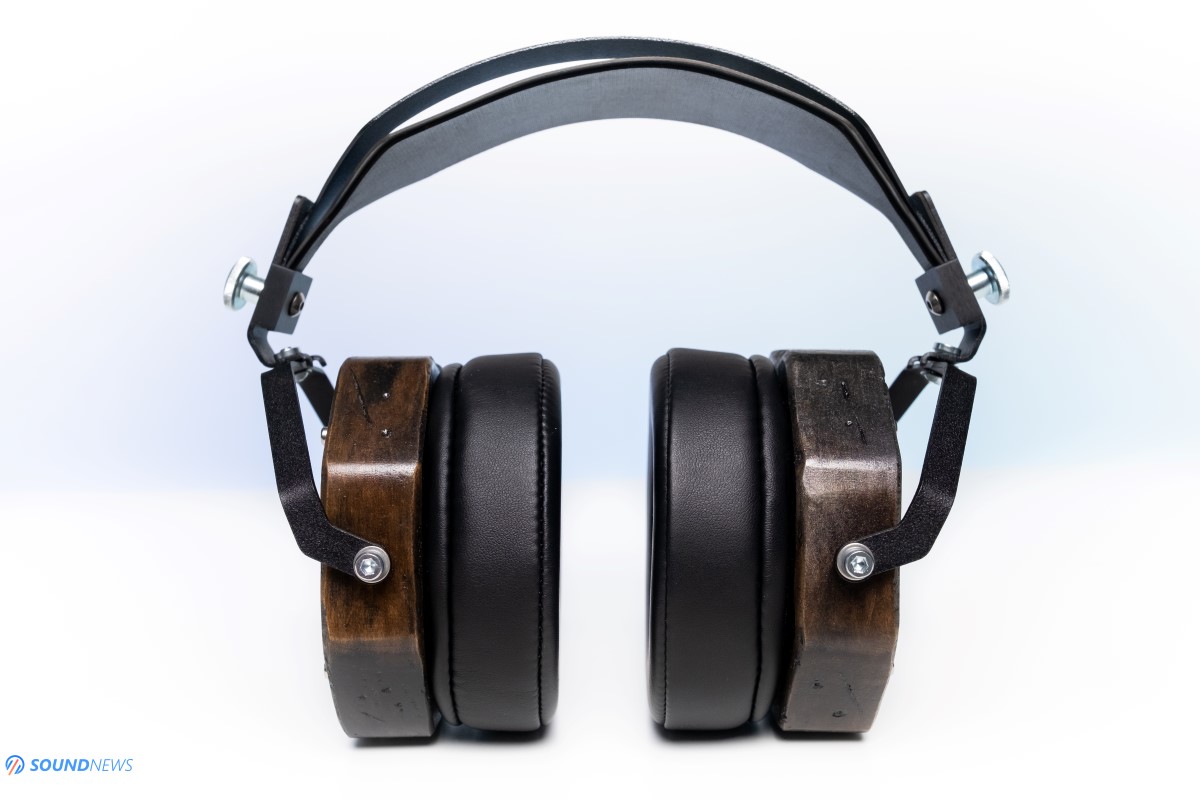
III. Transient Response
As I have mentioned before, the sub-bass area is not the best part of this headphone, it’s shier in there and some of the bass slam is missing in here. Mania is an engaging headphone mostly because it renders natural harmonics precisely and its elevated midrange performance makes them perfect in long listening sessions. Out of portable devices, Mania is smooth and relaxed sounding most of the times, attach a dongle or a Bluetooth receiver and you can awake some nicer impact and even a better bass performance. As expected, much faster transients were heard in a desktop setup, where nicer voltage swings made them snappier and punchier sounding. With all that said, transient response is not the strongest part of this headphone, Mania is more about the speed from a right amplifier than about the slam that follows and no matter what you do, it will remain that way.
You can counter-balance its cons by adding few dB in the 20 to 70 Hz area and then from 10 kHz upwards you could do the same, you can make them even snappier sounding and some of its lost bass impact that be corrected, but only to a degree. Add more than 5 dB in those regions and distortion will start rising. With all that said, I did listen to a lot faster tunes out of my desktop setup and I do think they worked pretty nicely with both electronica and rock, they weren’t approaching reference headphones, but at the same time Mania in not shooting for a top spot either, Phobos on the other hand is much closer to that spot.

IV. Detail Retrieval
My preliminary impressions proved that Mania is more about the act of listening, about the relaxation of mind, about being there with your musicians, closer to their performance, than about the technical aspects like ultimate transparency or detail. Mania is will not show monstrous amounts of details like Hifiman Susvara would do and Phobos or Audeze LCD-4 would do a lesser degree, but they will still render all the macro-details and everything that is happening in the foreground. Micro-detail retrieval will happen mostly in the mid-bass, midrange and some parts of the treble area. The most sensitive part of our hearing (6 to 9 kHz) is actually well-defined, it is crispy and detailed sounding in here and they managed to put on a plate most of them. There are however some dips and roll-offs where some tiny sounds are missing in action. If you listen to them out of an ordinary laptop or mobile phone, they can appear as lacking details and transparency, but as I’ve mentioned before – that can work in your advantage with grainy old recordings that are having a dirtier background.
I am not spotting muddiness or a veil so to speak, nothing like that in here and this regard, Mania simply obliterates headphones such as Meze 99 line or Sennheiser Momentum line. As a point of comparison, I think they are offering more details compared to all those headphones and are sitting somewhere at the same level with Kennerton Gjallarhorn, Magni and Sennheiser HD6XX line. It’s is not something to be excited about, because it is not their strongest point, but it’s more than enough if you ask me.
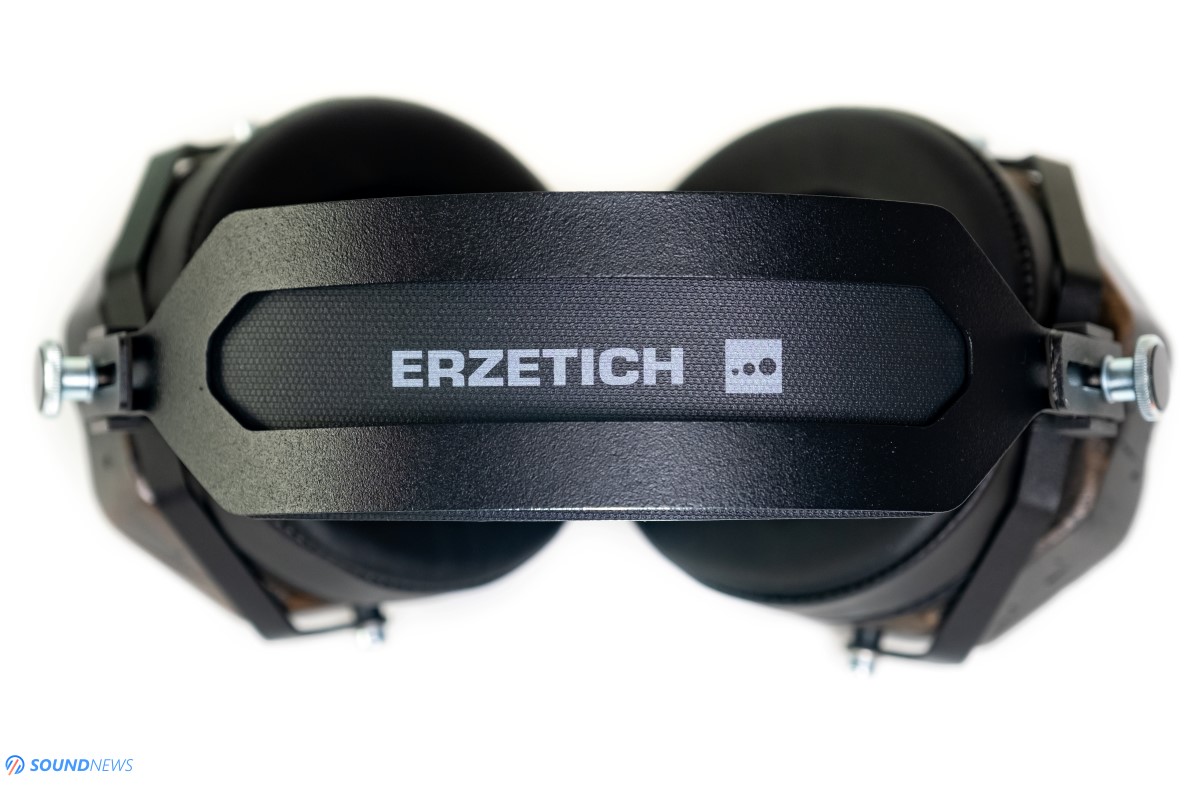
V. Soundstage & Depth
I won’t go all flowery and poetic and will just tell you right away that Mania is a semi-open headphone, so it is normally to experience a sound that is closer to the listener, that is more about depth then about width and airiness. Mania has a good note separation and a decent left to right soundstage, it outperforms something like an Audeze LCD-1, Sennheiser HD650 and a Kennerton Magni, but it can’t compete with heavy weight champions like Phobos, Audeze LCD-4, Hifiman Arya and Susvara. 50mm driver is a huge caliber for dynamic headphones, but for a planar-magnetic driver it’s not that impressive, with most planar headphones the sound is bigger, wider and airier. Soundstage size is decent though, it still sounds open and layered, but non that much. It isn’t huge, nor small sounding and it’s somewhere in the middle.
I consider that depth is considerably better as I can appreciate that some sounds are closer to me and some farther away, this is good layering in my opinion this is where Mania will impress a lot more. A good depth performance always leads to a better focus and tracing of individual notes in a crowded track. Listening to my older blues and gypsy-jazz, I was able to track any note I wanted and focus only on my favorite instruments. Depth is better and I can feel a bigger void space between musicians, that improved the pin point location of everything around me. Mania is capable of creating a smaller 3D map of any track. All in all, I find them great when it comes to depth and decent enough when it comes to soundstage size.

Frequency Response
VI. Bass
If I’m starting with the lowest octaves, then Mania is losing a bit of definition and slam up to 70 Hz. Sub-bass rises steadily and smoothly and the moment it reaches mid-bass section, it actually goes a little bit overboard. With some full leather ear-pads I can add more low-end rumble and energy in there, but of course, I can’t force a manufacturer to adopt them since they want to be as green as possible. Do note that if you go with third party pads like Kennerton ECL-02 you will be improving their sub-bass performance at the cost of sweatier ears in the summer. Connecting them to a desktop amplifier will also improve their driver control, resulting in less ringing and distortion in the bass.
Starting with 70 Hz and upwards, things are improving considerably and we are actually approaching the best parts of Mania. It is considerably fuller and meatier sounding in here, finally some bass slam returned home, finally I can hear it more imposing and ballsier sounding in here. Mid-bass performance is actually close to perfect, it is a bit elevated but only by few dB. There is some music that does not have a lot of sub-bass information and with those particular tunes, Mania works as a charm. Any kind of jazz and blues and even classic music sounded vivid, slightly more colorful and more saturated.

VII. Midrange
Midrange is the second-best part of this headphone; it is by a hair elevated and it’s always put under the spotlights. I re-listened to a lot of jazz of mine, including newer funkier bands like Lettuce with which Mania worked incredibly well. I was smiling and grooving all along with music like that. It is full of life in here, voices are very well rendered, everything from male and female voices sounded heavier, deeper and more saturated. The interesting part is that few planar-headphones felt considerably drier sounding, less guttural and soul grabbing. The weird part is that even the mighty Phobos and those creamy Audeze LCD-4 didn’t render the midrange performance as real and engaging as Mania did it for me. Just before Django Reinhardt and Hoodoo Man Blues would start playing, I prepared in advance a drink and only then I pressed the Play button. Soul-grabbing midrange is definitely in here, I was all emotional and I did enjoy every second of it.

VIII. Treble
Treble performance of Mania feels mostly like a roller-coaster, there are several dips and rises, but that is a natural phenomenon as most headphones are having it this way. Lower treble is less-defined and up to 4 kHz there is slope that is hiding some information. Mid-treble feels considerably better and the most sensitive part of our hearing is super defined and really well-made. There is even more information in here compared to some much costlier headphones. There is a decent byte in here, cymbals will clang ‘n’ clash, bells sounded clear and defined too. Going through some gothic-metal records of Epica and Therion, it was clear to me that Mania was tuned to sound great with dark, heavy music too. Past 10 kHz, treble starts its descent, slowly but steadily rolling all the top-octaves. Bottom line is that Mania has a rounded frequency response for a natural and non-aggressive performance that you can listen for hours and hours.

IX. Measurements
After giving my full subjective opinions, it’s time putting them under a magnifying glass. I am curious mostly about their FR, but also about its decay and waterfall. When it comes to measurements, I trust a single headphone amp to do this job: the ultra-linear Benchmark HPA4. The source was my trusty Matrix Audio Element X and the measurement rig was the MiniDSP E.A.R.S. system.
I only used Original Headphone Compensation (HPN) files for this particular EARS serial number, because I feel that Compensation for Flat EQ (HEQ) files are not very representative. EARS system has some huge silicon ears but that wasn’t a problem for big earpads of Mania. Since it’s a semi-open headphone, I tested them in a sealed room and I redid all my tests more than 10 times.

Checking their RAW measurements shows a decent driver matching between the right and left driver, but it is not perfect as it can deviate as much as 3 dB in some particular areas. As I expected, the mid-base and midrange area are really good, close to perfect. As you can see there is a gentle roll-off in the sub-bass that can be corrected with a nice EQ curve, increase the 20 Hz region by about 5 dB and gradually lower it until you reach 70 Hz, form where it starts looking much better. You can spot a roll-off between 3 kHz and 5 kHz area that is smoothing quite a lot the treble presence in that region.

Applying a gentle 1/12 smoothing resulted in a graph that didn’t change a lot, now you can better see the driver matching between L and R channel and the roll-off in the treble region. All in all, Mania has an inverted V-shaped frequency response.

If you are curious how Mania stacks up against the mighty Phobos, please take a look at this graph. Mania – Red, Phobos – Blue.

Its spectral decay is showing that the diaphragm is moving at the right speed and nothing remains behind. In all fairness its decay is good looking and it is slightly better compared to some pricier planars that I have tested around here.


Spectrogram and waterfall readings will show all the hot zones and as I expected the mid-bass, all the midrange and mid-treble is where all the magic is happening.

X. A Comparison
Erzetich Mania (€1199) VS Erzetich Phobos (€1999)
Both headphones are looking more or less the same, with the exception that Mania is smaller and lighter. They have exactly the same build quality, the same materials were used and the same packaging and accessories. I like the steam-punk look of both models, but Phobos is more to my liking, mostly because of their sheer size on the table. Mania is lighter weight and can be used few additional hours in a day, since the pressure of top of the head is lower. Their impedances are different, one is a planar and the other a dynamic headphone, but when it comes to sensitivity, both are more or less the same. Mania needs just 1 dB more to achieve the same SPL.
When it comes to sound performance, this is where it gets super interesting. First of all, Phobos is their flagship headphone, its costs considerably more and it’s a fully open-back design. In all fairness, Phobos has one on the nicest soundstage I’ve experienced with headphones, easily on the same level with Audeze LCD-4 and Hifiman Susvara. Phobos have a massive driver assembly, slightly bigger than 100 mm and of course that translates in a huge open sound that will envelop the listener. In this regard, there is no contest that Phobos is wider sounding, taller and much airier. With Mania, musical notes are hitting some kind of barrier, they are closer, more intimate and up-front, but that can actually work better with some particular music. Not all music needs to sound huge, open and big, some of it wants to be played on-stage, close and personal and there is where Mania could win back some lost ground.
Detail retrieval and transparency are also considerably better with Phobos, it will simply resolve more and will show an additional layer of information that is missing on Mania. Especially the upper treble past 10 kHz is considerably more extended with Phobos. According to my measurements Phobos has driver movement even past our hearing abilities, it goes way past 24 kHz and that part alone impresses me to the core. Mania on the other hand is gently smoothing that treble, it is rounding not only the treble, but the sub-bass region too. Mania moves all the spotlights to its incredibly natural sounding midrange and then to its mid-bass section. Blues and jazz simply sound majestic, involving and really grabed my soul with Mania, a thing that I can’t say about the Phobos. The bigger headphone is more serious, much more linear sounding and sometimes bright in the treble. However, Phobos is more extended in the frequency response and it is closer to my linearity curve.
Phobos wants to impression with the technical aspects, like detail, transparency, transient response, stage size and wide frequency response. Mania is not like that, it doesn’t care about the numbers and instead will be raising the hair on your hands, it will play sweeter tunes as it simply knows how to create emotions in your music. One is dead serious about everything and one is a cheerful and playful creature. Phobos are better for me, simply because I care about the technical aspect, otherwise I wouldn’t be criticizing that much in my reviews. However, approaching all this as a music lover and as a record collector, I wouldn’t be surprised if Mania would work better for simple moments as enjoying your music.
They are very different siblings, having very different personalities. They might look the same on the outside, but on the inside one is dead serious and one is cheerful.
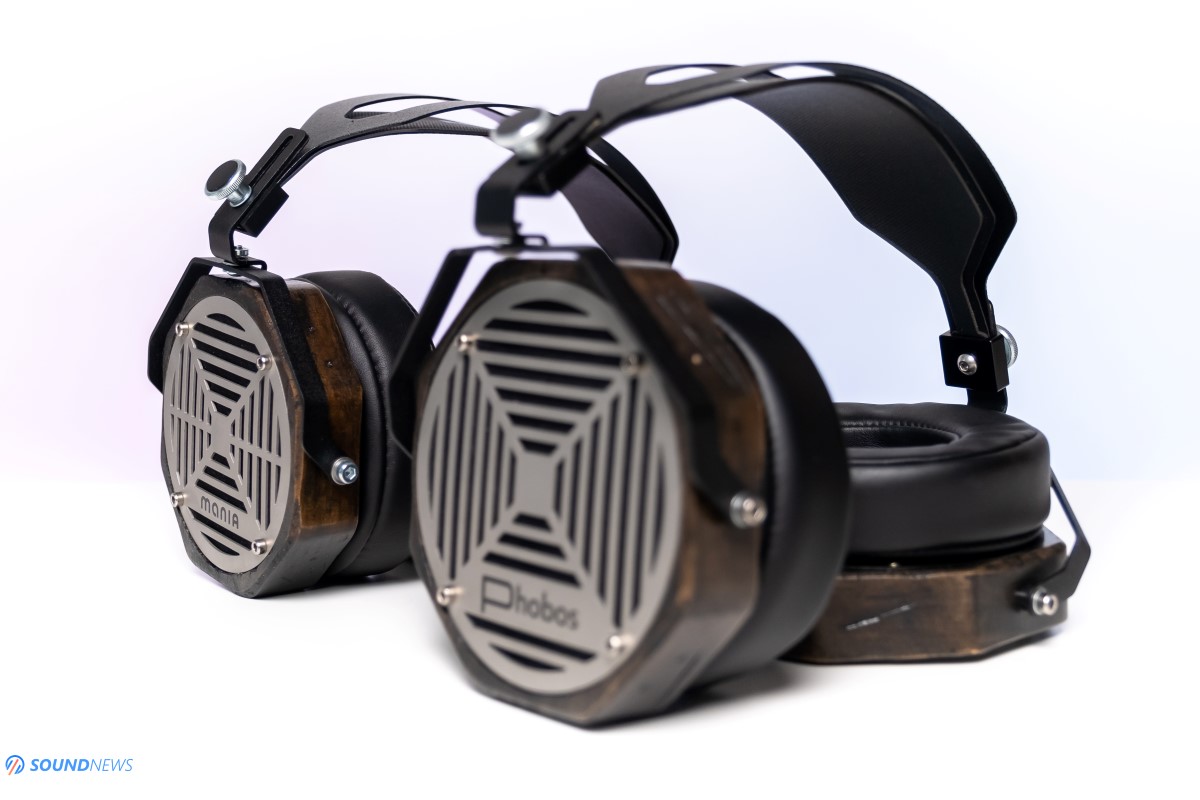
Conclusion
Before I go into my conclusions, I will be reminding you that Erzetich Audio is a small family-driven company, all their creations are expressions of creativity and willingness to persevere and improve, their products were proofs of concepts that materialized at some point. They made them first and foremost for themselves, one for darker music, one for brighter music, one to analyze and the other to enjoy and relax. Both are very complimentary headphones and very different sounding. If you get any of these, you will be supporting a small team of passionate music lovers, exactly like we are, take that into consideration.
Mania is a warm and cozy sounding headphone, it is definitely not for everybody as if you look for linearity, or brightness, or perfect numbers and technicalities, Mania will not be for you. Mania is like that old jazz singer that that can’t solve a math equation or write an essay, but when it comes to making music, his performance would end with a standing ovation.
For now, Mania is their statement dynamic headphone and as a flagship product, price is slightly harder to swallow. It will cost you €1199 plus shipping and you can get them directly from Erzetich Audio right here.
PROS:
- Rock solid build quality, love the hand-crafted steam-punk look!
- These should survive a lifetime
- Amazing comfort l once you adjust them properly
- Lots of warmth, smoothness and naturalness in this one
- Intimate performance, does not throw a larger picture
- Good layering and depth performance, good pin-point location of all the notes
- Good punch out of desktop power
- Easy to drive compared to my other headphones
- Decent detail retrieval and transparency
CONS:
- The cable stiffness and microphonics should be addressed
- Would like to have a hard case instead of a cloth pouch
- Rolled-off at both frequency extremes
ASSOCIATED EQUIPMENT:
- Sources: Xiaomi Mi 9T Pro, Corsair One i160
- DACs: Soncoz SGD1, Aune Audio S8, Burson Conductor 3X Performance, Audiobyte HydraVox + HydraZap, Matrix Audio Element X, Mini-i 3 Pro, Flux Lab Acoustics FCN-10
- DAPs: Shanling M6, FiiO M15
- Headphone Amps: Benchmark HPA4, SparkoS Labs Aries, Flux Lab Acoustics FCN-10, LittleDot MKIII SE
- Integrated Amps: KECES E40
- Power Amps: KECES S300, Kinki Studio EX-M7
- IEMs: FiiO FA9, FH7, Meze Rai Penta, Rai Solo & lots of other lower tiered ones
- Portable headphones: Sennheiser Momentum 2, Meze 99 Classics
- Wireless headphones: Sony WF-1000XM3, Sennheiser Momentum 3, Master&Dynamic MW65
- Full-sized headphones: Erzetich Phobos, Erzetich Mania, Hifiman, Deva, Arya, Susvara, Audeze LCD-4, Quad ERA-1, Ollo S4X Reference, Kennerton Wodan, Magni & Gjallarhorn, Fostex TH909
- Loudspeakers: Buchardt S400
- Interconnects: QED Reference (x2), Aune AL3
- Speaker cables: Kimber PR8, Audioquest Type4
- Power Cables: Isotek EVO3 Premier (x3)
- Balanced Isolation Power Conditioners: PLiXiR Elite BAC400
